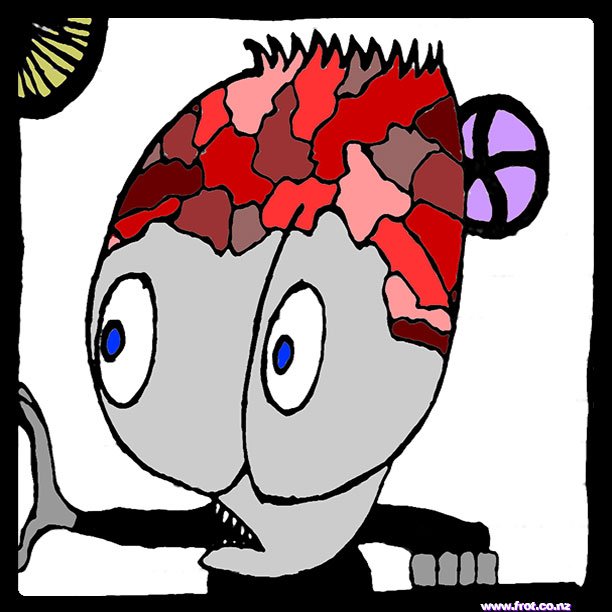Is Cryptocurrency the future? - We are betting that it is!

A FEW NEWB THOUGHTS ABOUT CRYPTOCURRENCIES

Cryptocurrencies only really started to slowly take off around 2010, and the first popular one was Bitcoin. In 2010 the price of a Bitcoin first hit US$1, and by the start of 2017 it was up to US$1200. So if you bought $1000 worth of Bitcoin in 2010 it would now be worth $1.2 million! Today Bitcoin is so totally dominant that people often use the word Bitcoin when they really mean crypto currencies in general.
In fact there are hundreds of different cryptocurrencies, most of which are utter rubbish that nobody will ever use, but there are at least 10 that look promising. We expect Bitcoin to remain dominant for years to come because it has a bit of a Monopoly at this point, but we think a few others will start catching up with it in popularity.
Another similar subject that cryptocurrencies strongly remind us of is Linux distros. There are also hundreds of different versions of Linux, but only about 10 are much good. For many years Ubuntu was totally dominant and always number one. (You can see the top 100 versions of Linux ranked here - http://distrowatch.com/) But from 2010 Ubuntu never got any better, and in fact it seemed to get worse with each release.
(I have a webpage about Linux here - http://www.frot.co.nz/design/computing/linux/)
Meanwhile the other distros got a lot better. Linux Mint came to totally overtake Ubuntu and was better in every way. (I have a blog post about that here - http://www.frot.co.nz/design/computing/linux-mint/) But Mint remained in the number two spot behind Ubuntu for years. It's number one now, but that took a long time.
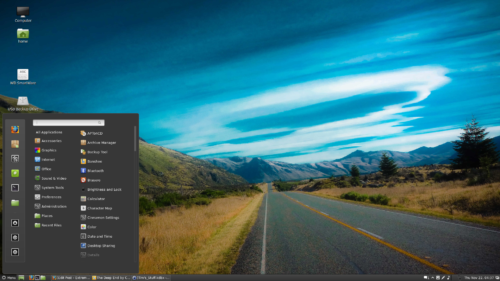
Cryptocurrencies are also another parallel universe that have their own language. The different currencies are often referred to as “coins”. They are stored in “wallets” and traded in “exchanges”. It’s all very new, and at this point not many business are set up to accept them as payment.
The first thing we did when we began using Steemit and earning payments in “Steem” (a new crptocurrency) was to see if it was all for real. Could we convert our Steem into NZ$?
Yes we could. First we needed to convert the Steem into Bitcoin using an exchange (we use Poloniex), and then we needed to convert our Bitcoin into NZ$ using a local currency exchange (we use NZ Bitcoin Exchange). From there we could transfer it into our bank account.
Happy with the way it all worked out we transferred it back into Steem, using the reverse of that process, and didn’t do much further with crptocurrency trading after that.
But now as ex share traders, and Steemit fans, with our own online business (Nature Foods - http://www.naturefoods.co.nz/ ), we are increasingly thinking cryptocurrencies are going to be the next big thing, maybe not as big as internet porn, but certainly as big as smart phones or Fakebook.
The first thing we found as we started getting into crypto currencies is that the subject is really confusing, and difficult for a non-tech beginner to understand.
A cryptocurrency we are interested in is DASH (Digital Cash) which seems to offer several improvements over Bitcoin. It is now worth over US$70 a unit. We want to invest in this currency in the hope that it will become widely used and later go up to over US$1200 like Bitcoin.
So we started out by transferring our Bitcoin onto the exchange that we use (Poloniex) and then we bought some different cryptocurrencies. It’s very like share market trading. We put in a buy offers and buy the cryptocurrencies we want to invest in. The fees are really low, a lot less than share trading.
We use another site (Crypto Compare) to keep a record of our portfolio so we can watch as we become millionaires.
Why do we think cryptocurrencies are going to be the next big thing? First and foremost because of desperate government attempts to outlaw the use of cash.

In all countries there are two economies, the official one, and the underground or shadow economy. For example in New Zealand the marijuana industry is big (it’s NZ’s most valuable crop) but it’s entirely underground. And when a tradesman says “that will be $500, or $400 if you pay cash”, he is offering you a choice of the official or the shadow economy.
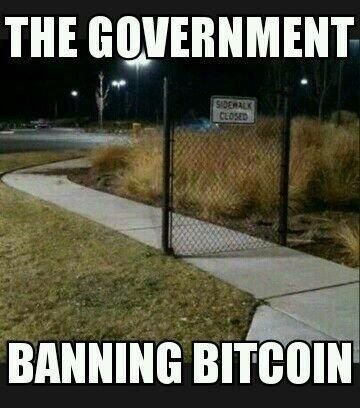
In some countries the shadow economy is bigger than the official economy (70 %+). It is very high in regions like Africa, but even in first world countries, it’s generally at least 20% of the economy (it tends to be vastly underestimated, because it’s almost impossible to measure). Any transaction that doesn’t pay tax is part of this sector, and that can include everything from buying some drugs to getting your car windows washed.
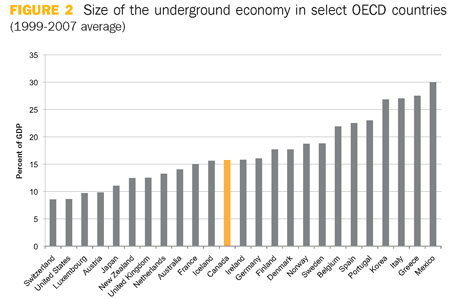
As with attempts to outlaw “illegal downloading” (remember Napster?) any attempt to stop something on the internet creates a massive increase in it. (One of my favourite things about the internet) And whether its cash or cryptocurrencies, there is a massive desire for an anonymous and untaxed payment system.

SOME USEFUL CRYPTOCURRENCY SITES
CRYPTO COMPARE

A great site for comparing and learning about crypto stuff that also has a brilliant portfolio feature - https://www.cryptocompare.com/
CRYPTO CURRENCY CHART

A useful site for watching crypto currency prices - http://www.cryptocurrencychart.com
JAXX WALLET
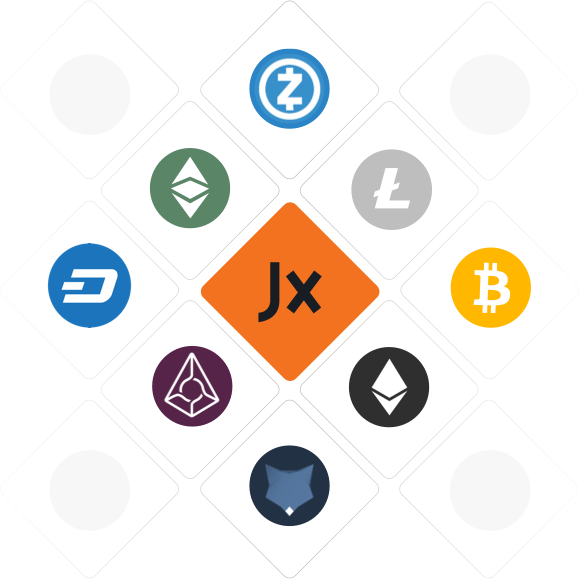
A very handy wallet that works on 32 bit windows PC's (while Exodus requires 64 bit) - https://jaxx.io/
OUR PICKS FOR CRYPTOCURRENCIES TO WATCH IN 2017
After using Steemit for eight months and being paid in Steem, and also having used Bitcoin a few times, we started to wonder if any of the other currencies apart from Bitcoin have a solid future. They are frequently hyped, and their values go up and down like yoyos. So they are certainly good for short term trading. But do they have long term prospects?
One theory is that Bitcoin was first, so that like Fakebook, it will remain dominant in it's own area. This could turn out to be true, but we're inclined to think cryptocurrencies are still very new and there is plenty of room for new innovations.
Here are the cryptocurrencies we are watching and investing in ourselves (keep in mind we are clueless newbs):
Bitcoin (BTC)

Bitcoin uses peer-to-peer technology to operate with no central authority or banks; managing transactions and the issuing of bitcoins is carried out collectively by the network. Although other cryptocurrencies have come before, Bitcoin is the first decentralized cryptocurrency - Its reputation has spawned copies and evolution in the space.
With the largest variety of markets and the biggest value - having reached a peak of 18 billion USD - Bitcoin is dominant. As with any new invention, there can be flaws in the initial model, however a team of developers are aiming to fix any issues they come across. It is by far the most traded crypto currency and, in recent times, it has become the most price stable as well, you rarely see price movements of more than +-5% in a 24 hours interval.

Steem (STEEM)
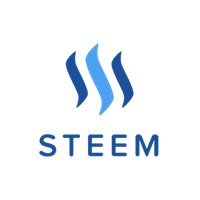
Steemit is a blockchain-based social media platform where anyone can earn rewards by posting relevant content, curating quality content by upvoting and by holding Steem based currencies in a vest fund, which generates interest.
There are three main currencies in Steemit: Steem, Steem Power (SP) and Steem Backed Dollars (SBD).
Steem is liquid and can be bought in an exchange and converted into steem dollars or steem power.
Steem Power is basically Steem that is locked in a vesting fund for 3 months. Users can use steem power to upvote content and get curating rewards.
When a user upvotes content his steem power gets depleted and then slowly regenerated. Steem Power holders receive interest from their holdings. The more Steem Power a voter has the more revenue he'll generate for himself (in form of SP) and for the content creator (In SBD).
There is also an incentive to upvote content early, as the rewards are distributed according to time. The earliest votes gets the biggest share of the reward.
Steem Backed Dollars are there to protect content creators from volatility and can be traded for roughly 1 usd worth of steem, in order to cash out from steem. Converting Steem backed dollars into STEEM takes 5 days. Users also receive interest from holding SBD.
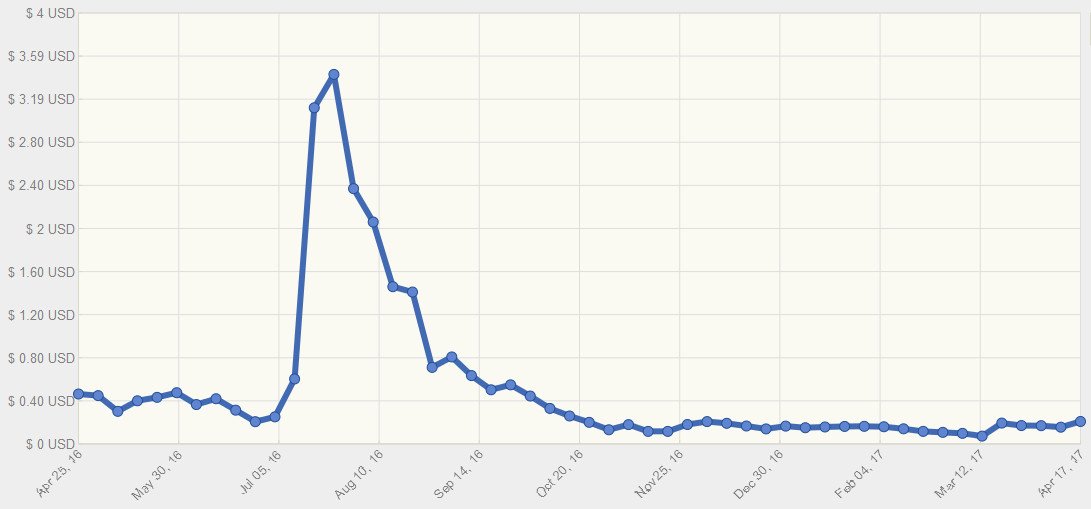
DigitalCash (DASH)

DigitalCash (DASH) uses a new chained hashing algorithm approach, with many new scientific hashing algorithms for the proof-of-work. DASH aims to be the first privacy-centric cryptographic currency with fully encrypted transactions and anonymous block transactions, this feature is called PrivateSend and can be found on the official Dashcore wallet.
PrivateSend mixes your DASH coins with other users who are also using this feature at the time, making your transactions untraceable.
Users can also earn DigitalCash rewards by hosting a master node to help maintain the Blockchain. One must have a balance of at least 1000 DASH in order to host a Dash master node, this collateral is required to avoid 51% attacks on the network.
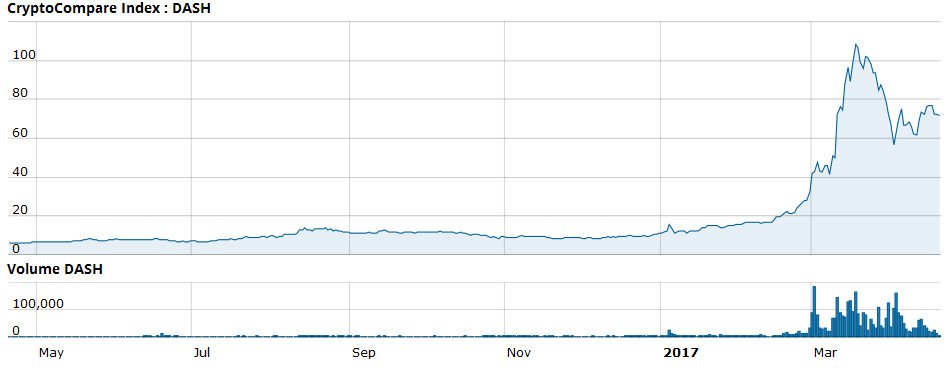
Monero (XMR)
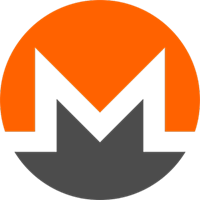
Monero (XMR) is a cryptonight algorithm based alternative crypto currency. The coin is based on Proof of Work and has a block reward that varies smoothly. The difficulty retargets every block with a sixty second block target.
Monero uses a Ring Signature system to protect your privacy, allowing users to make untraceable transactions.
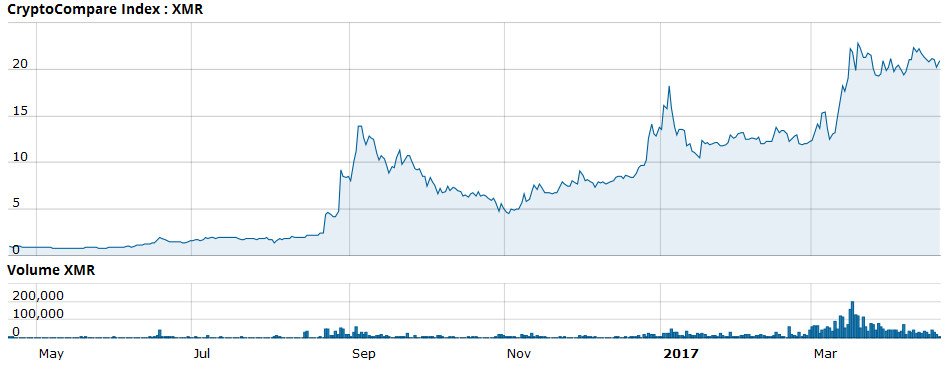
Augur (REP)

Prediction markets are widely considered the best forecasting tool. Augur is an open, global platform where anyone anywhere can create, monitor or trade in prediction markets about any topic. Think of it as an "Early Warning System'' with the most accurate event forecasts, a potential "Google Search", "Bloomberg Terminal" or "Reuters Terminal" for crowdsourced event forecasts.
The system plans to use the "Wisdom of Crowds'' ("collective intelligence'') via market incentives, "Long Tail'' dynamics and blockchain technology to securely generate a more accurate, robust and unfiltered array of dynamic event forecasts than any alternative can match.
Augur is decentralized, self-regulating, pseudonymous and autonomous. It offers the promise of markets without exposure to counterparty risk, principal-agent problems or central points of control, failure or censorship. No person is ever in direct control of someone else’s funds or in a position to single-handedly threaten the system’s integrity.
The software is comprised of smart contracts perpetually deployed on a blockchain network, which enables applications deployed to be immune to local outages while benefiting from the entire community's security. All interactions with markets are communicated as database transactions between unique accounts powered by immutable software instructions.
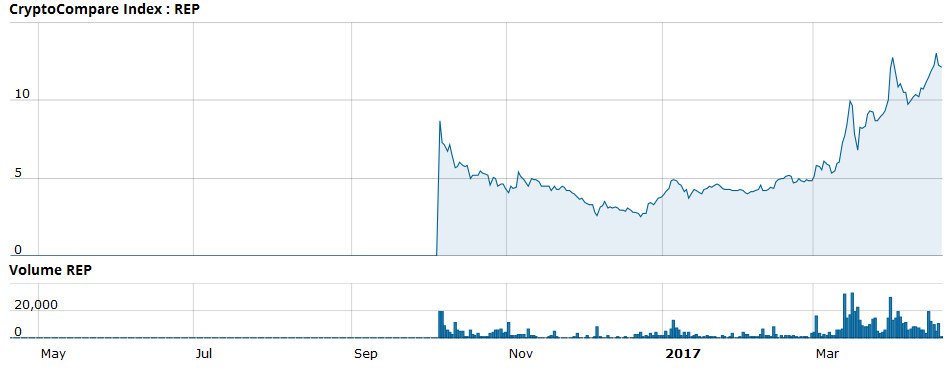
Ripple (XRP)

Ripple positions itself as a complement to, rather than a competitor with, Bitcoin - the site has a page dedicated to Ripple for bitcoiners. Ripple is a distributed network which means transactions occur immediately across the network - and as it is peer to peer - the network is resilient to systemic risk. Ripples aren't mined - unlike bitcoin and its peers - but each transaction destroys an XRP which adds a deflationary measure into the system. There are 100 billion XRP at present.
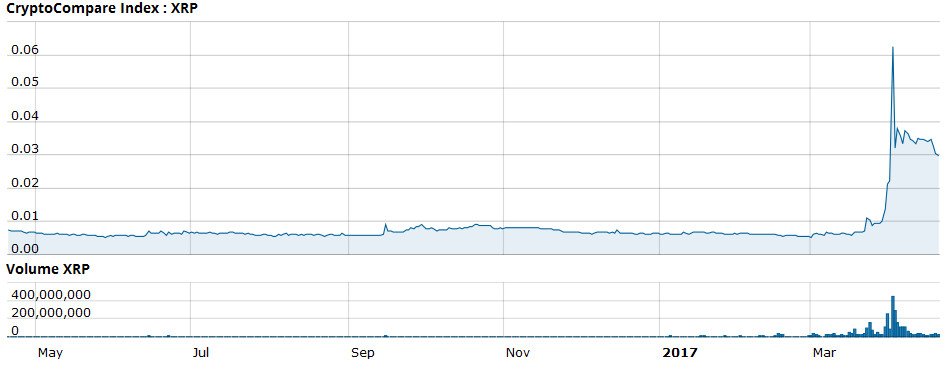
Ethereum (ETH)

Ethereum is a unique cryptocurrency that presents a distributed computing platform that features the “smart contract” functionality. Many crypto-enthusiasts think that ethereum is undervalued
Ethereum is a decentralized platform that runs smart contracts: applications that run exactly as programmed without any possibility of downtime, censorship, fraud or third party interference. In the Ethereum protocol and blockchain there is a price for each operation. The general idea is, in order to have things transferred or executed by the network, you have to consume or burn Gas. The cryptocurrency is called Ether and is used to pay for computation time and for transaction fees.
If you want to earn block rewards from the network, you can join the network as a miner. Follow the link for a guide on how to mine Ethereum on a Windows Pc. The much easier but a bit more expensive way is to buy an Ethereum mining contract.
Ethereum is how the Internet was supposed to work. As long as you have enough funds to pay for your code to be run by the network, your contacts will always be up and running.
It was crowdfunded during August 2014 by fans all around the world. It is developed and maintained by ETHDEV with contributions from great minds across the globe. There is also an Ethereum foundation and there are multiple startups working with the Ethereum blockchain.
Ethereum is currently on the "Homestead" stage and all its related software is still considered Beta until the release of the next stage "Metropolis".
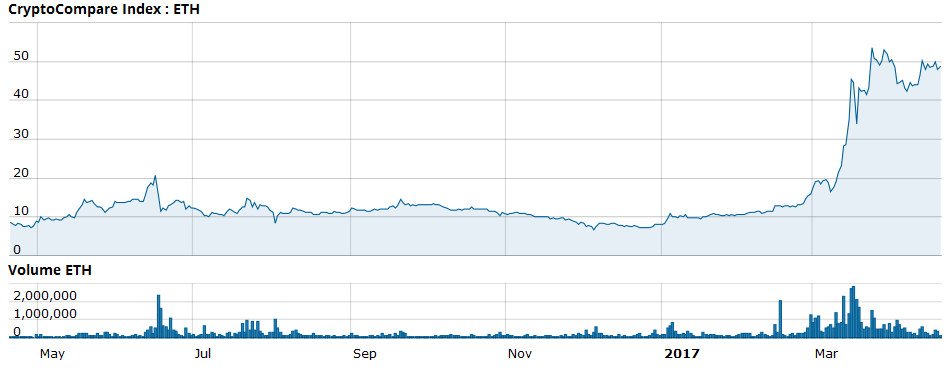
Litecoin (LTC)

Litecoin LTC - provides faster transaction confirmations (2.5 minutes on average) and uses a memory-hard, scrypt-based mining proof-of-work algorithm to target the regular computers and GPUs most people already have - which are its main differentials to Bitcoin. The Litecoin network is scheduled to produce 84 million currency units with a halving in reward every four years just like bitcoin. The coin was created by a Google employee, Charles Lee.

https://www.cryptocompare.com/coins/#/btc
THE TOP TWENTY CRYPTOCURRENCIES BY MARKET CAPITALISATION
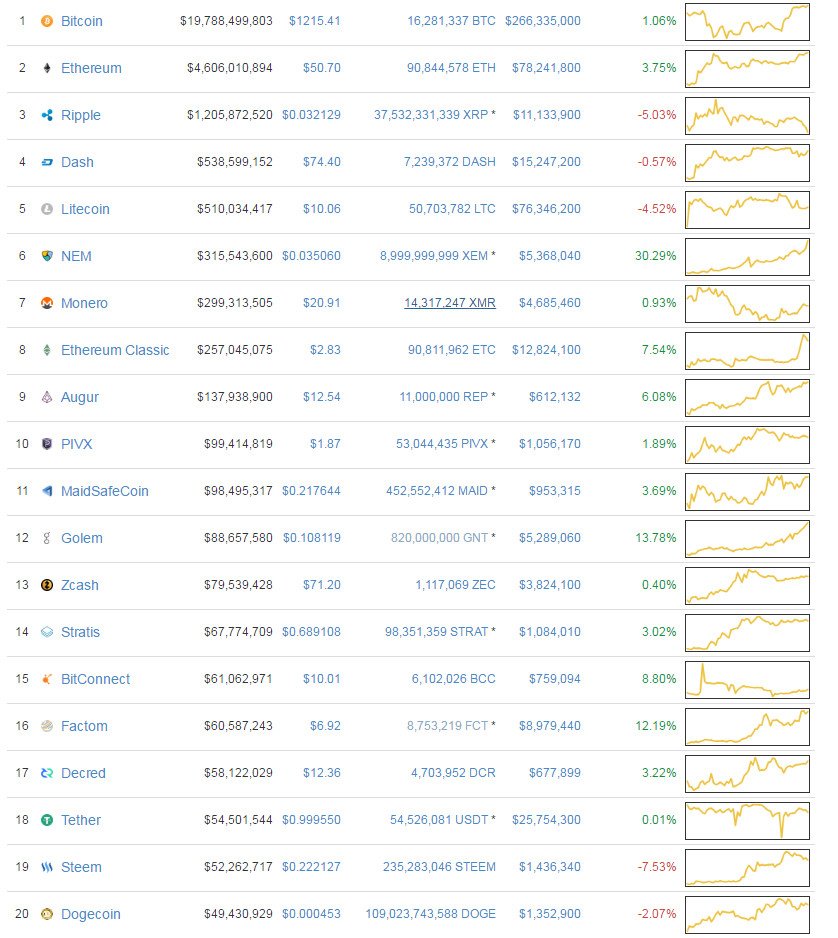
DASH IS OUR PICK FOR THE NEXT BIG THING


https://www.youtube.com/channel/UCAzD2v9Yx4a4iS2_-unODkA
Dash School videos by Amanda B. Johnson
Bitcoin vs Dash digital cash - Which will achieve mass adoption first?
AND NOW SOMETHING JUST FOR THE WEALTHY WHALE
Lamborghini now accept Bitcoin! - The next level of online shopping
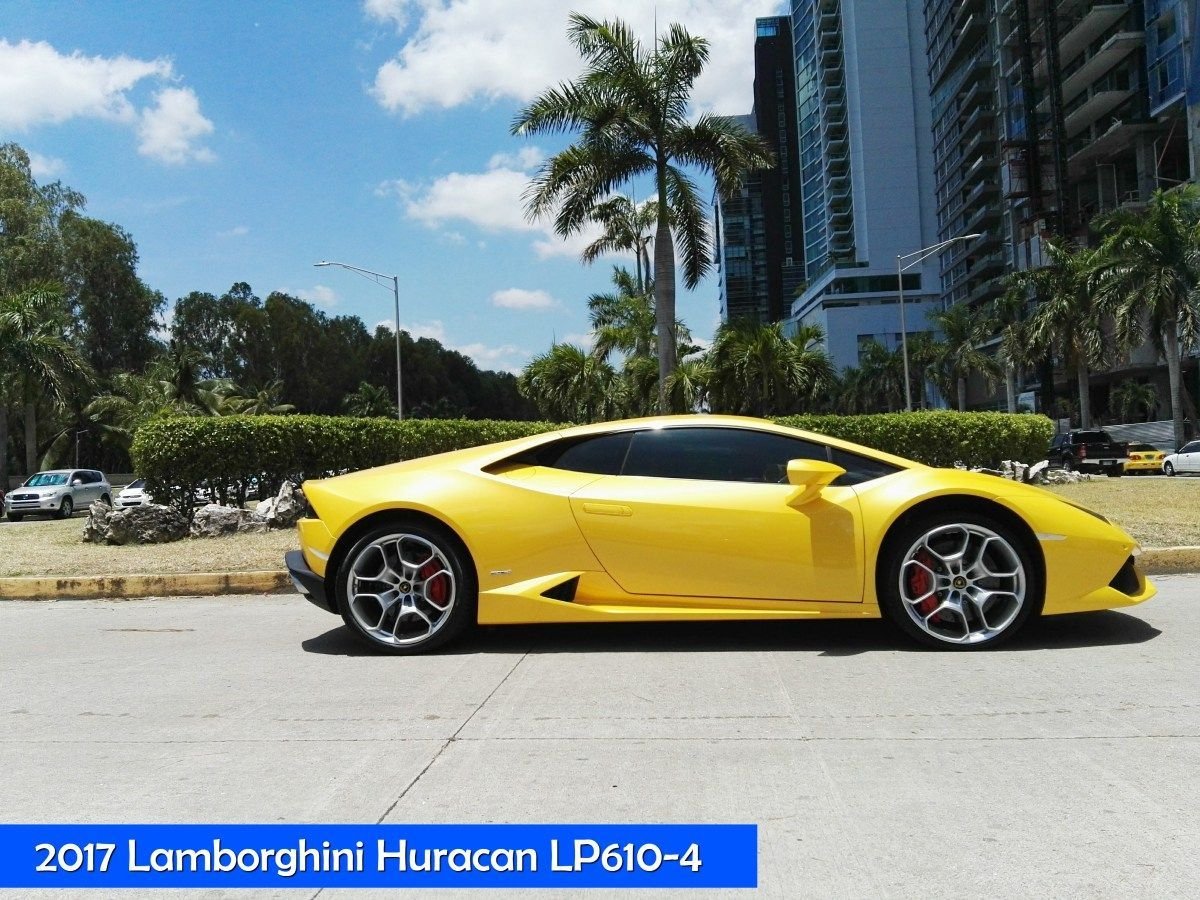
"Buy new Lamborghini's straight from the factory. The supercars are shipped directly to you! Bitcoin is accepted as a form of payment"
@hilarski/experience-the-lamborghini-huracan-lp610-4-2017-steemit

This post is all a copy of my latest blog post - content, images, the lot - it's all here as well: http://www.frot.co.nz/design/computing/cryptocurrency-101/
Any comments, suggestions, hot tips, links, photos of cool stuff, all most welcome - we are total beginners trying to understand all this geek money stuff!


MY WHOPPING GREAT STEEMIT SIGNATURE
Because sometimes I like to do short posts with pictures, art, photos, and funny stuff, and then there is bugger all in my post, I need a whopping great signature to put at the bottom of my short posts to give them some beef.
On my longer posts I’m really just including it to go on about myself, but what the hell, we all need to blow our own trumpet sometimes.
@cheetah likes to point out that I’m plagiarising my own signature, but he is also voting for me, and a vote is a vote, so I’ll call that a good thing.
@sift666 is my Steemit alias. As 666 is the number following 665 and preceding 667, and I’m using the number here on my Steemit account, it might mean I’m a worshiper of Satan. Or it could indicate that I have troll tendencies I need to work out with myself.

My real name is Ian Gregson, aka wheels007. I’m a professional sifter from Wellington New Zealand. My interests include photography, conspiracies , web design, writing, nutrition, art, design, philosophy, technology, anarchy, health, computers, humour (humor), gratuitous arse shots, and anything that makes my eyes bulge while I make squeaking sounds (except torture).
Back in the glory days of Steemit (August 2016), I once made $404 for a post and went on a three day bender. It took months to work off the after effects of the hangover and I’m still attempting to understand how that ever happened.
I’m currently developing a new website portal to rival Steemit called www.frot.co.nz where I’m testing out a new feature called “frottage” that may revolutionise blogging and create a global paradigm shift.
Photos and pictures labeled @sift666, www.sift.co.nz or www.frot.co.nz are my own creations, while pictures with no credits are sometimes ones I found in my image collection and have no idea where they originally came from, or might be my own photos that I haven't put a signature on.
Otherwise, due to pressure to conform, I’m having a crack at including an image credit beneath each picture I copy off the internet. I do have opinions on this subject, but am practicing putting a sock in it.
To tell the truth I often have no idea what I’m going to post next, but I will be sure to include pictures. If you are a person who prefers mainstream opinion, my posts may not be entirely your cup of tea. But if you like to dwell on the wild fringes of conspiracy theory, or you are a whale with a massive blowhole, you might like to follow me on Steemit. It would be great to have you on board.
